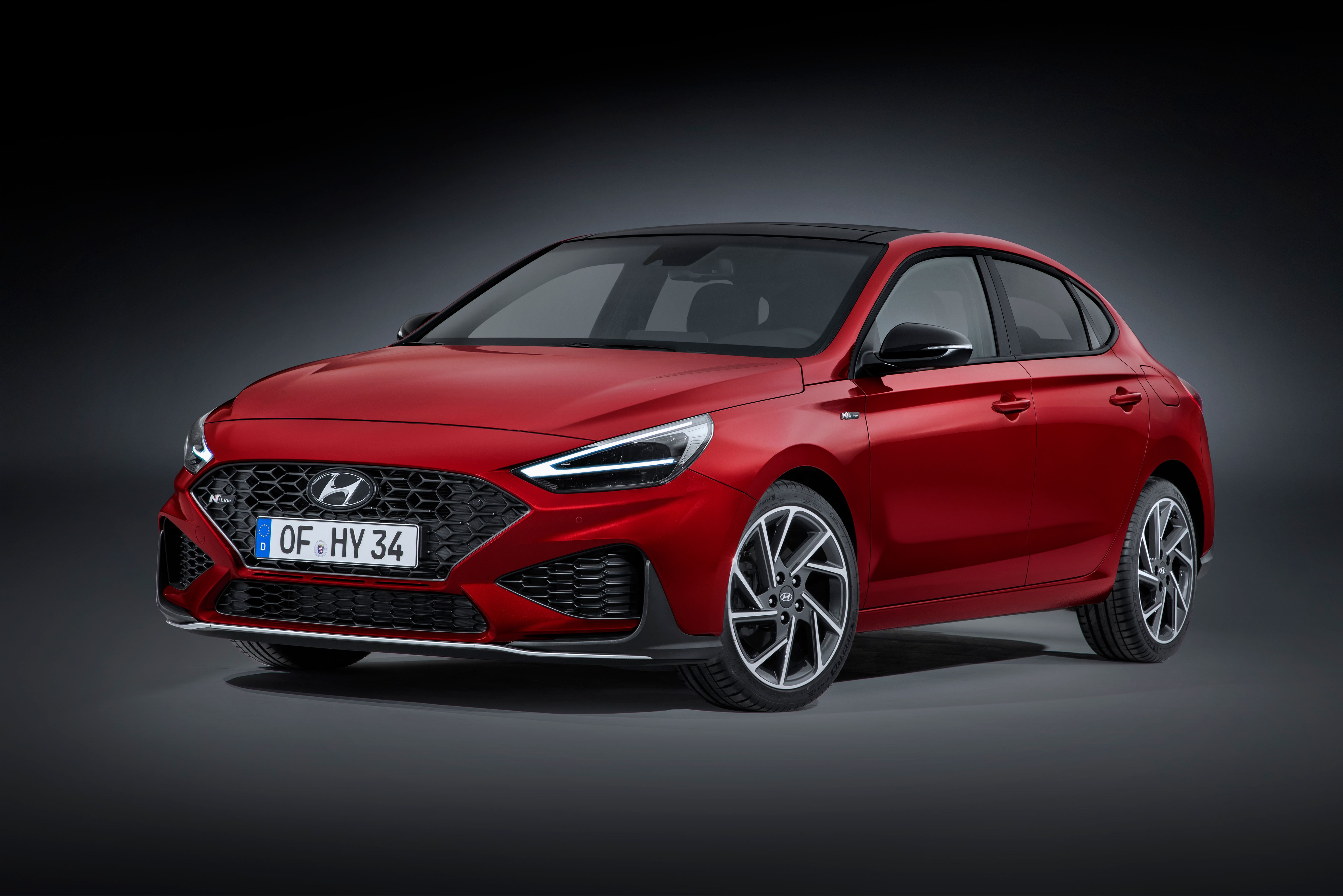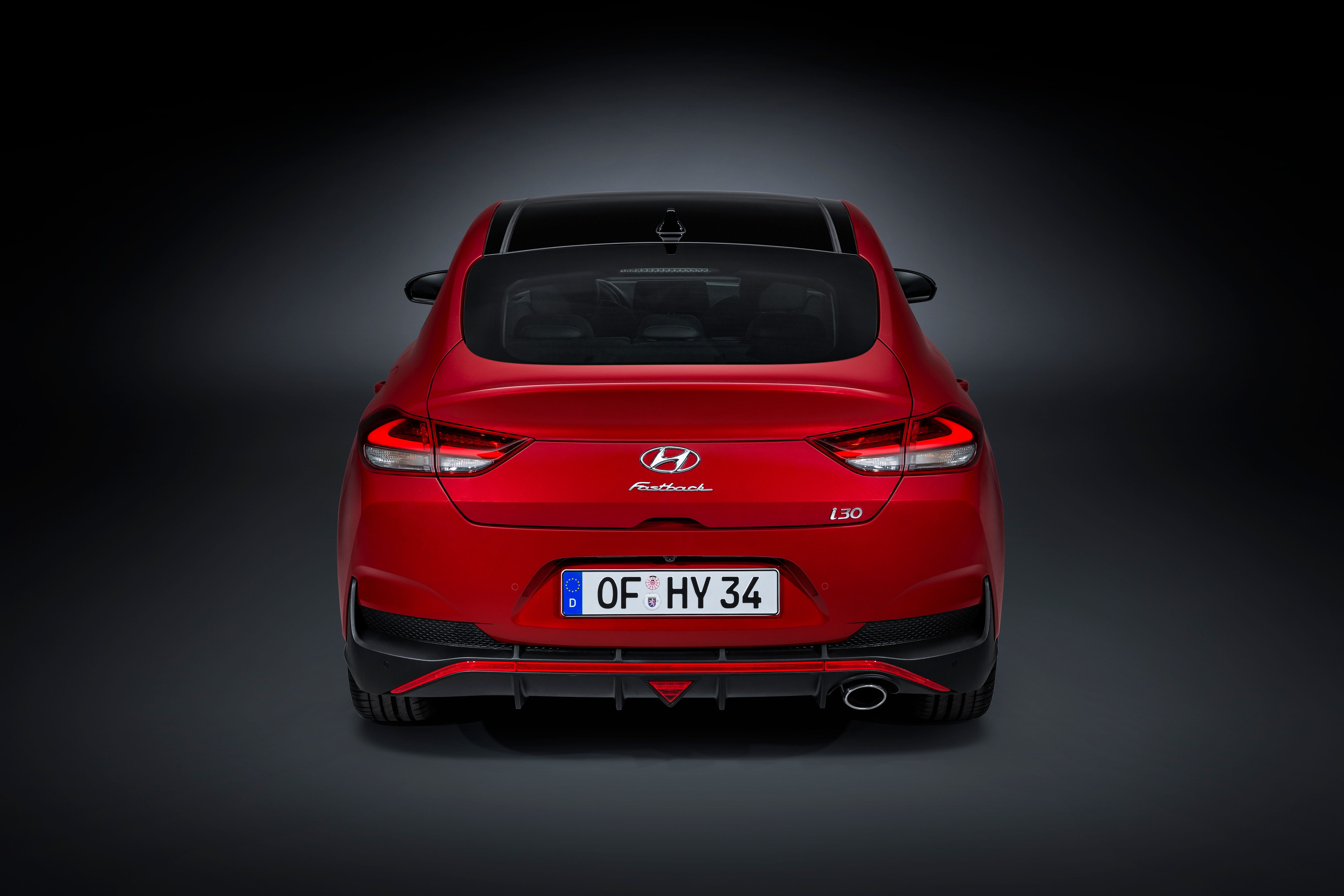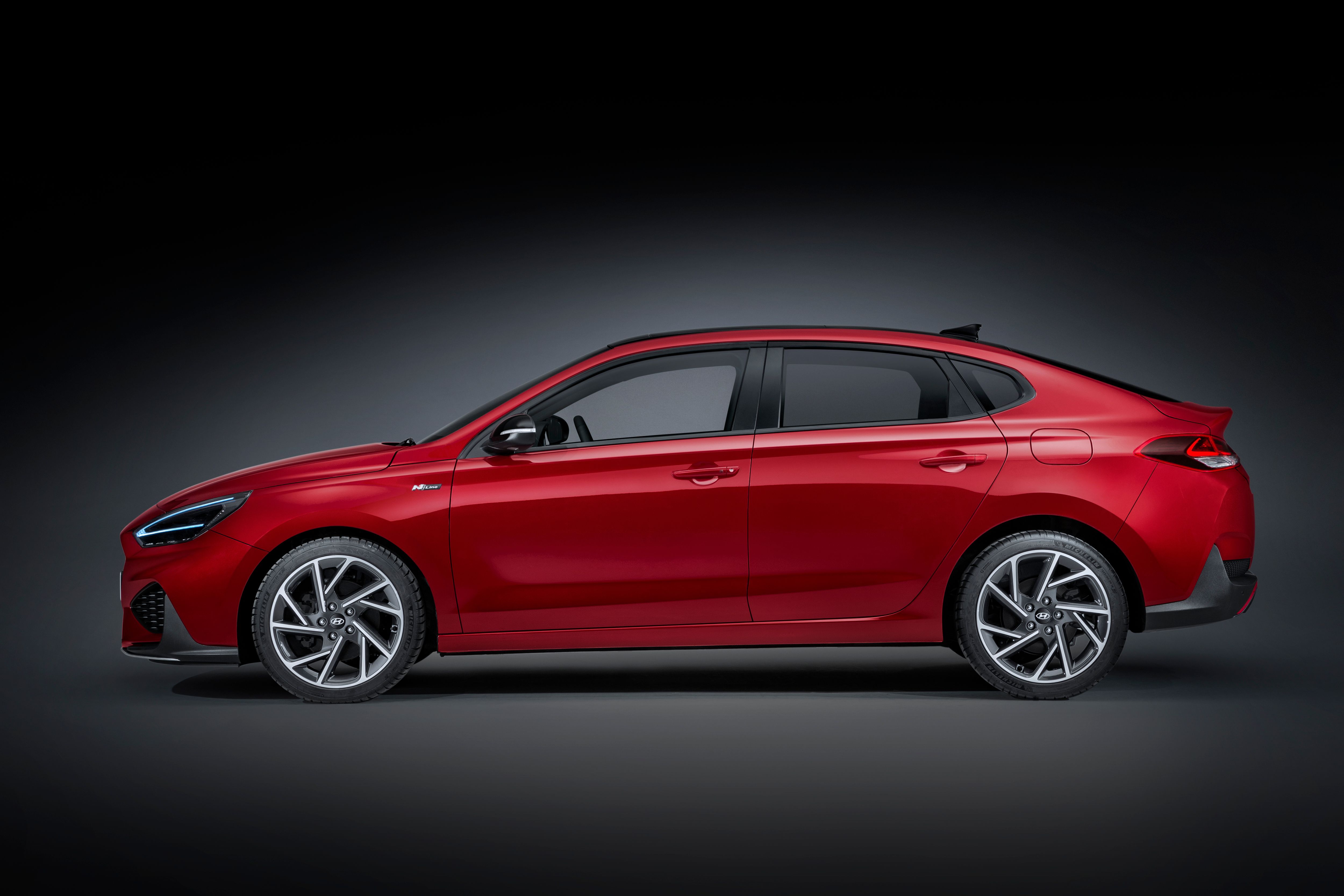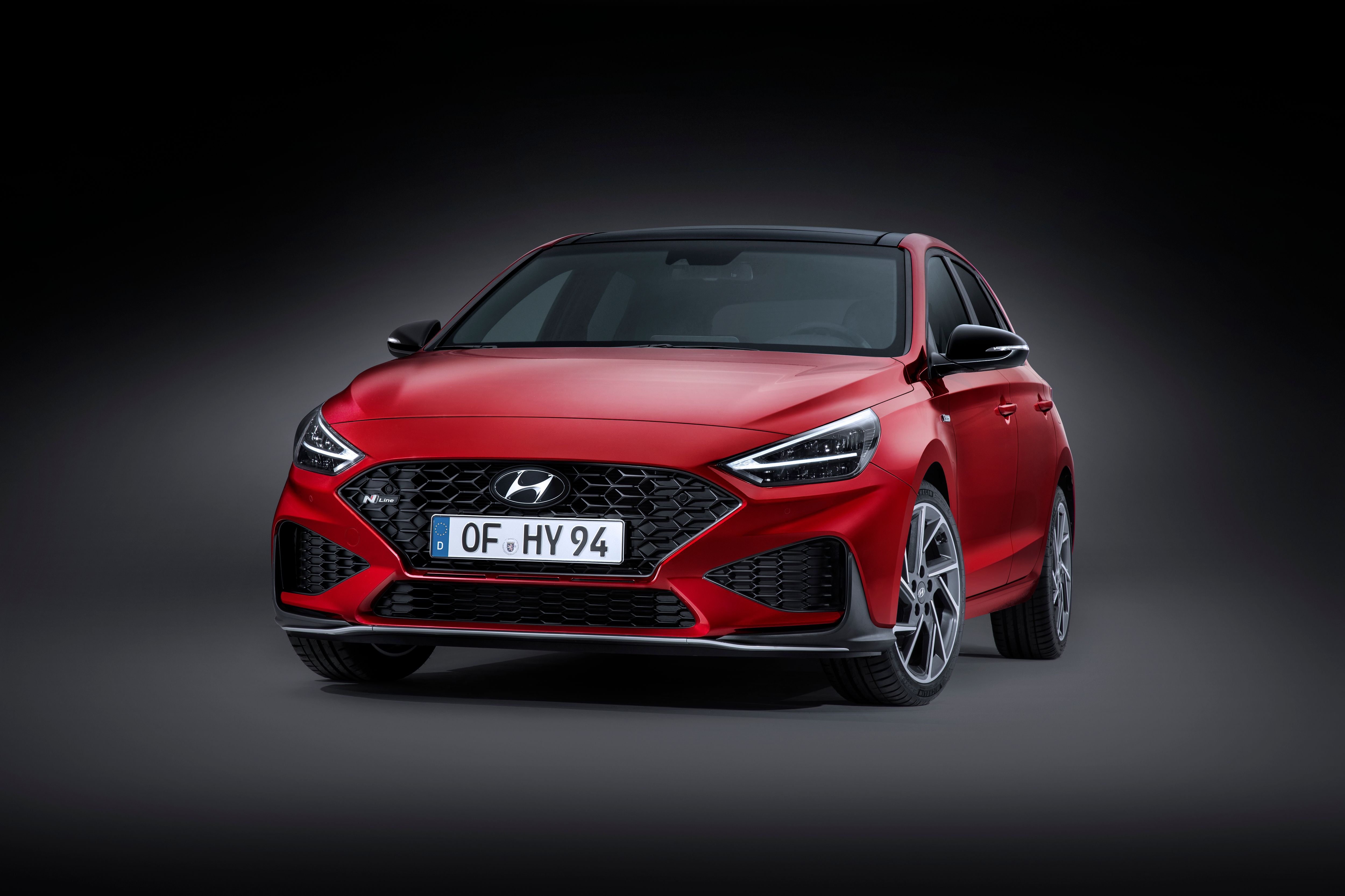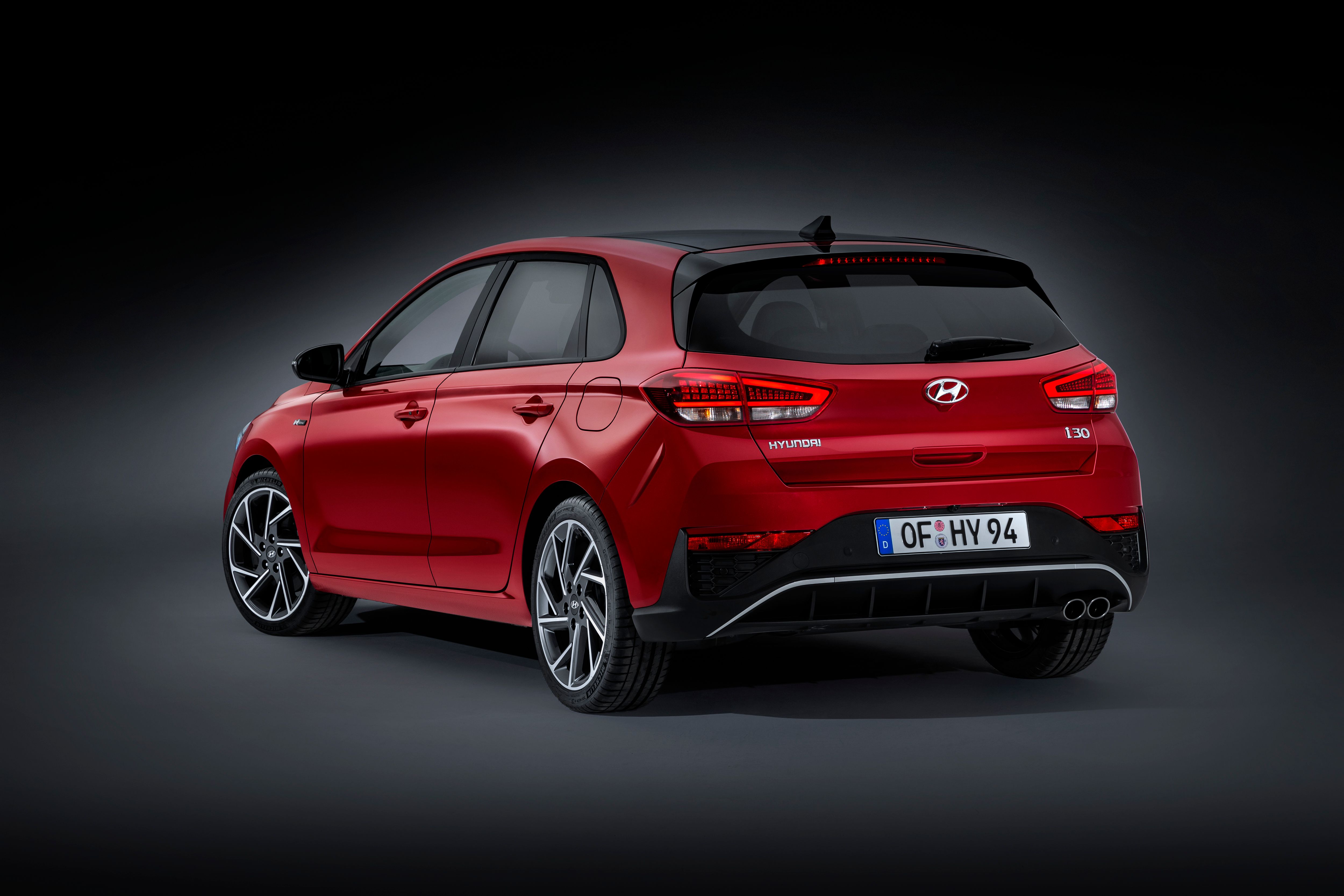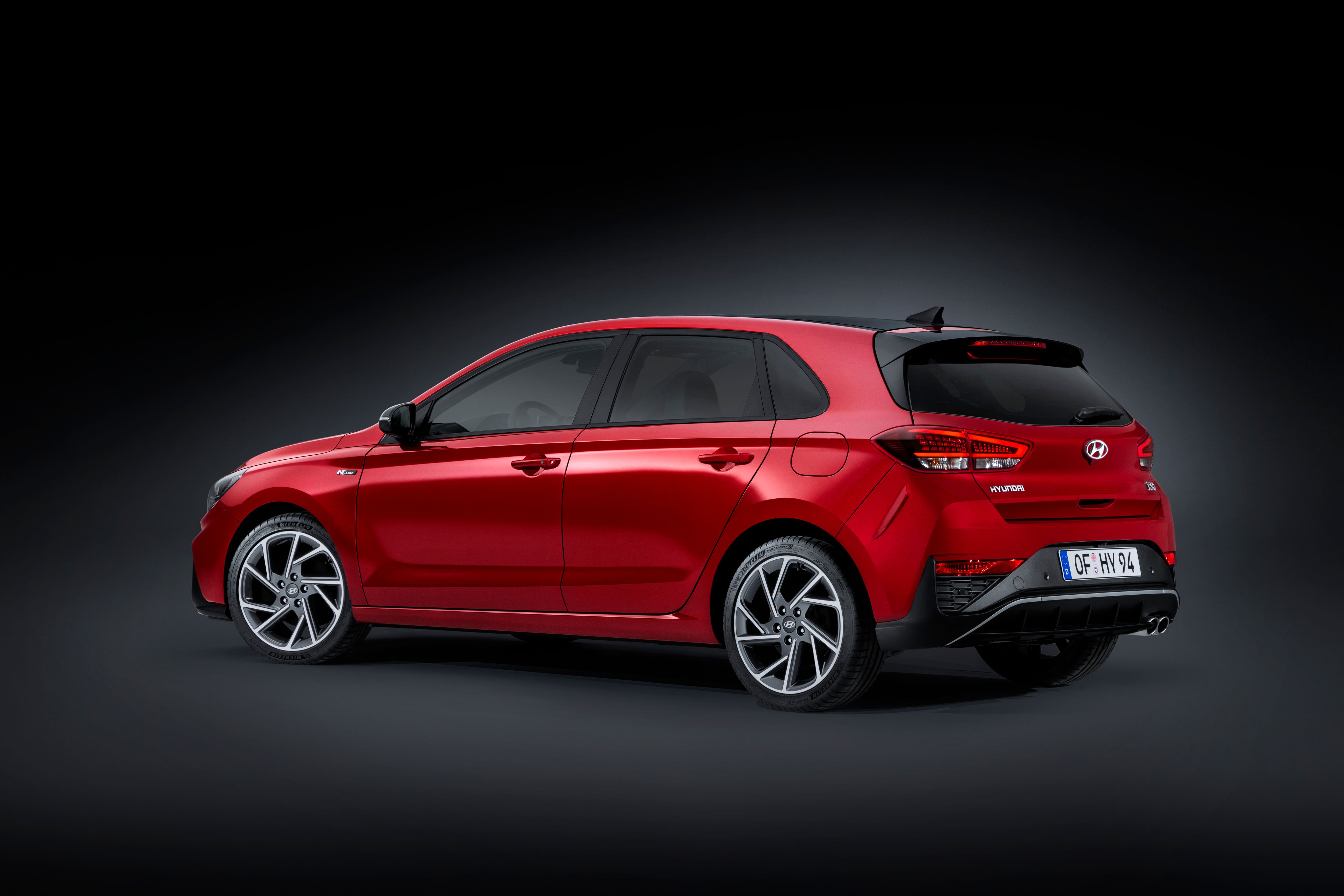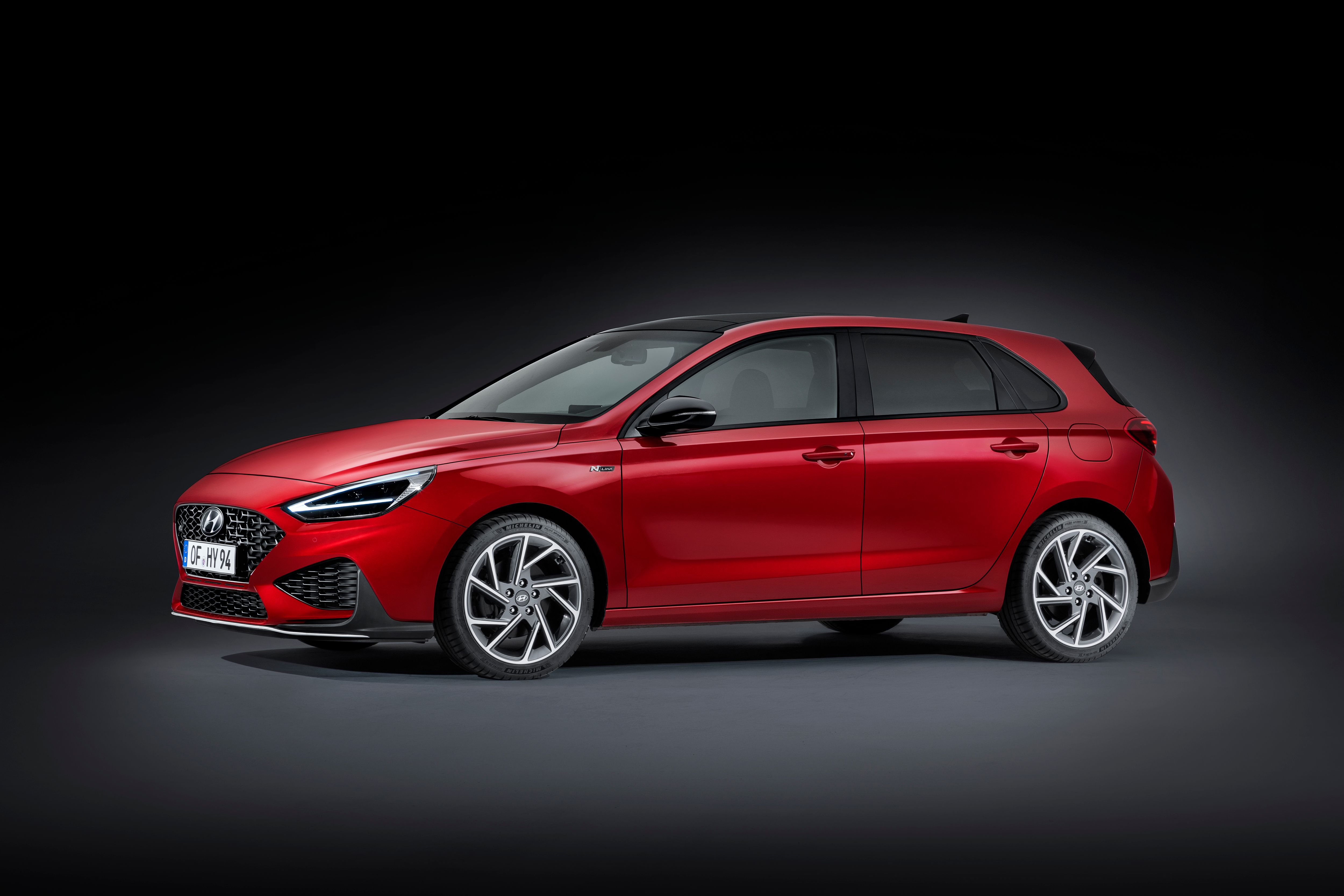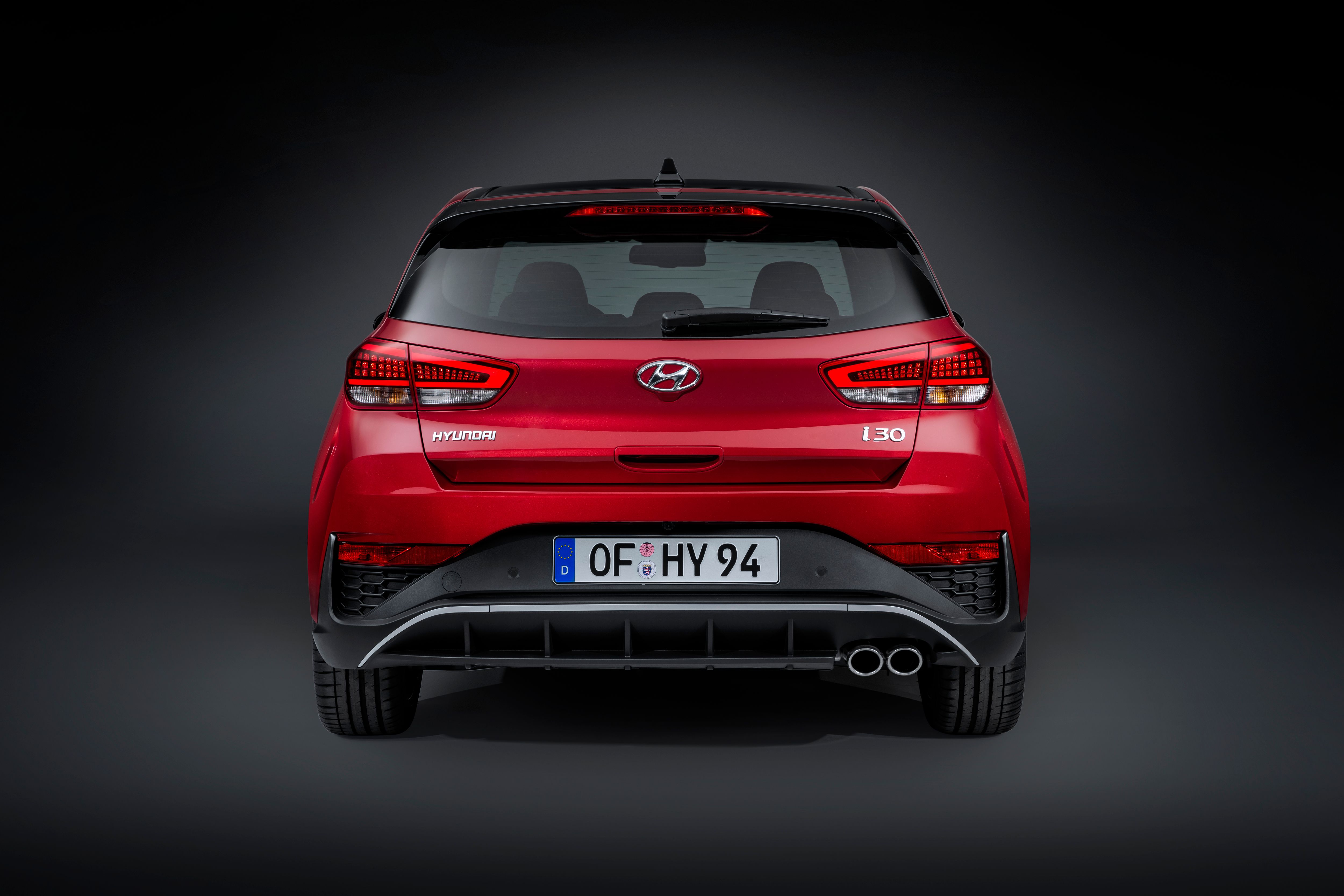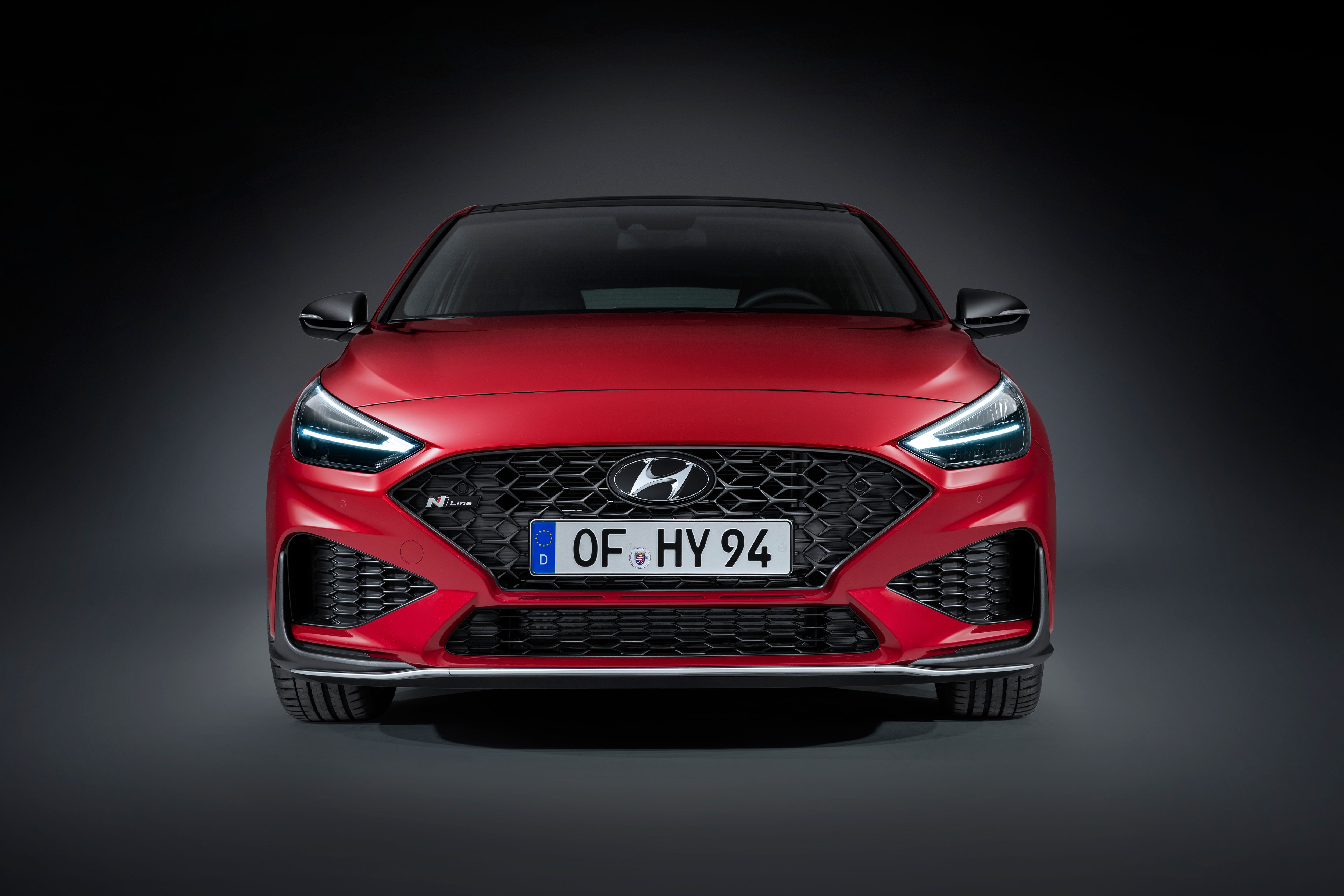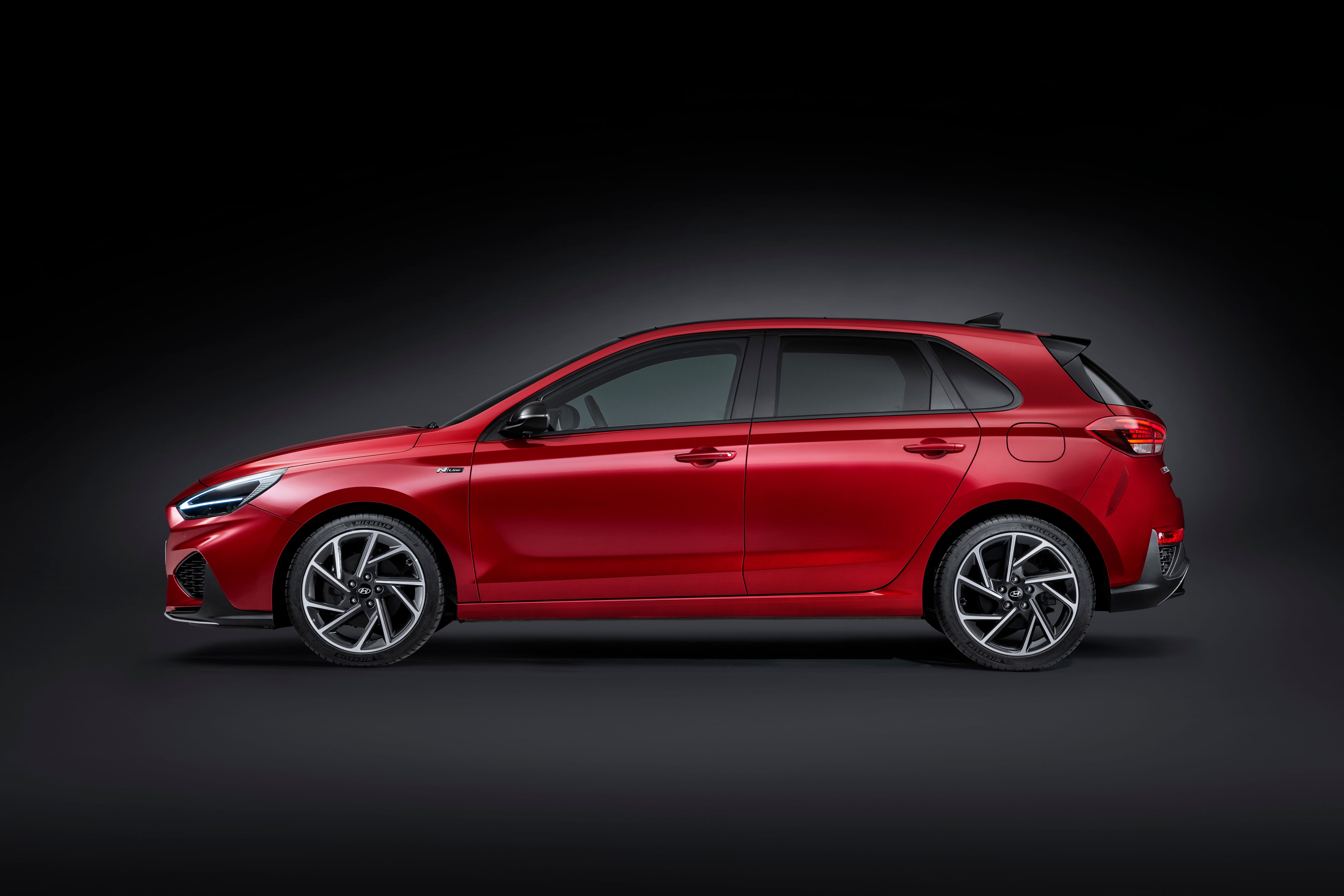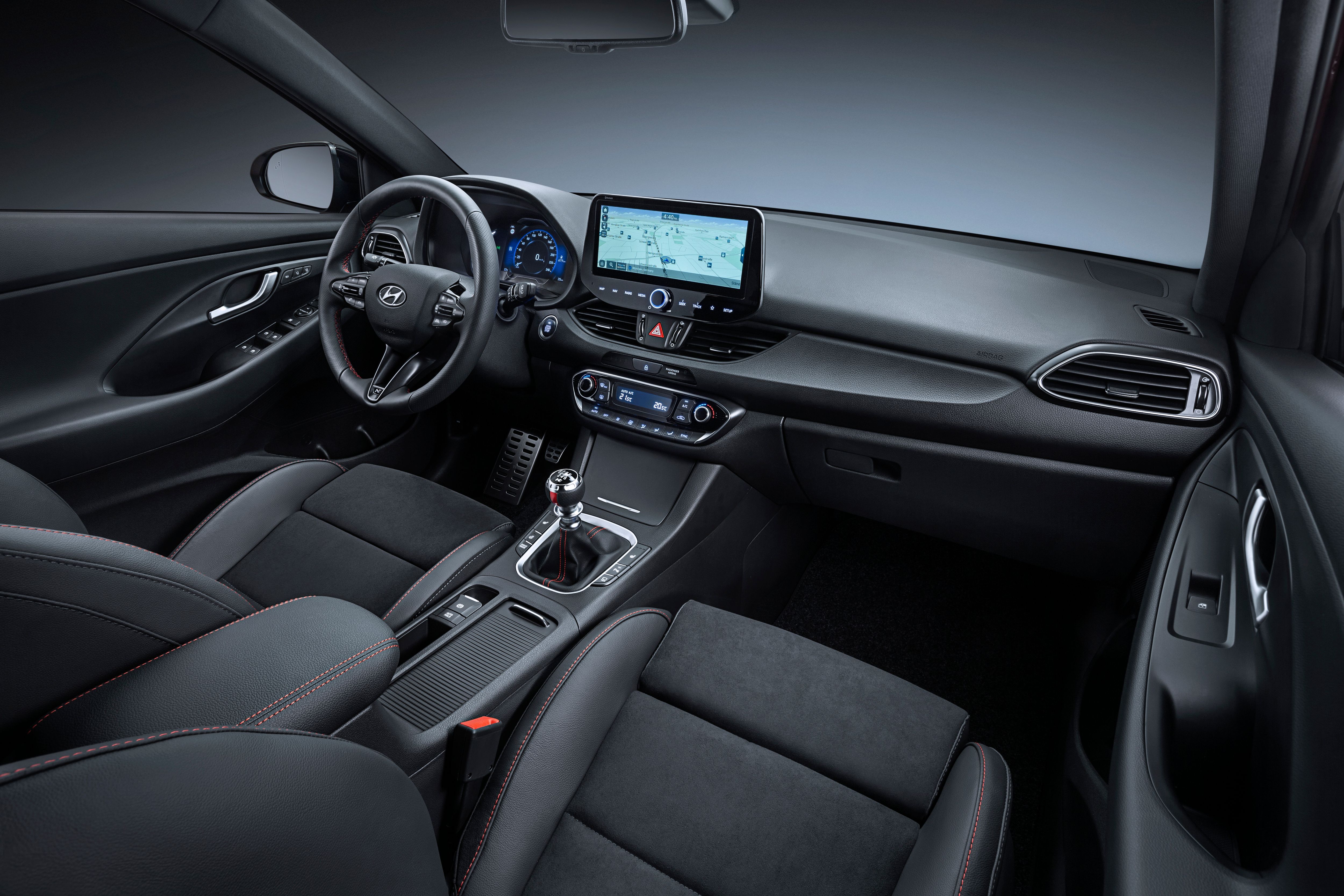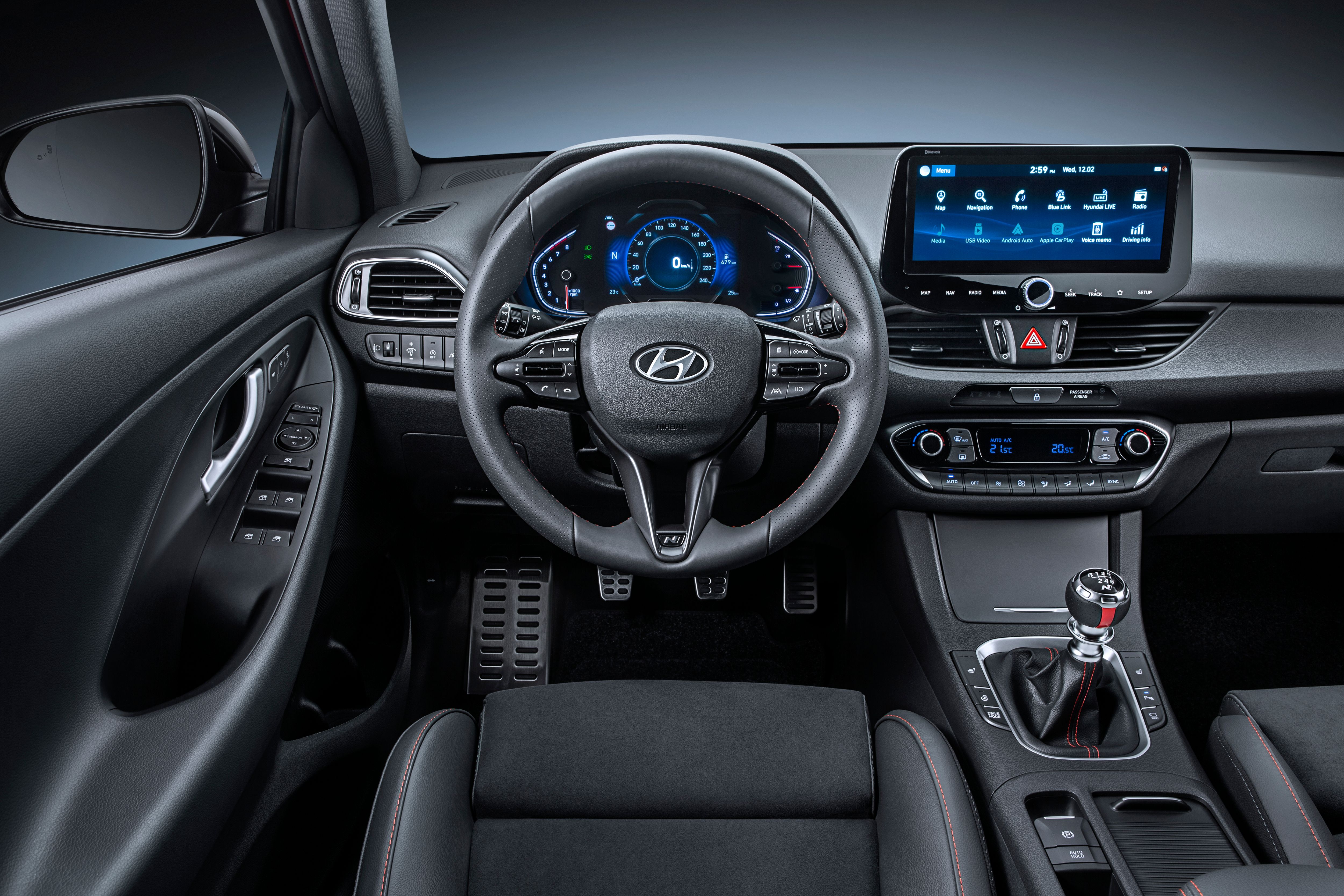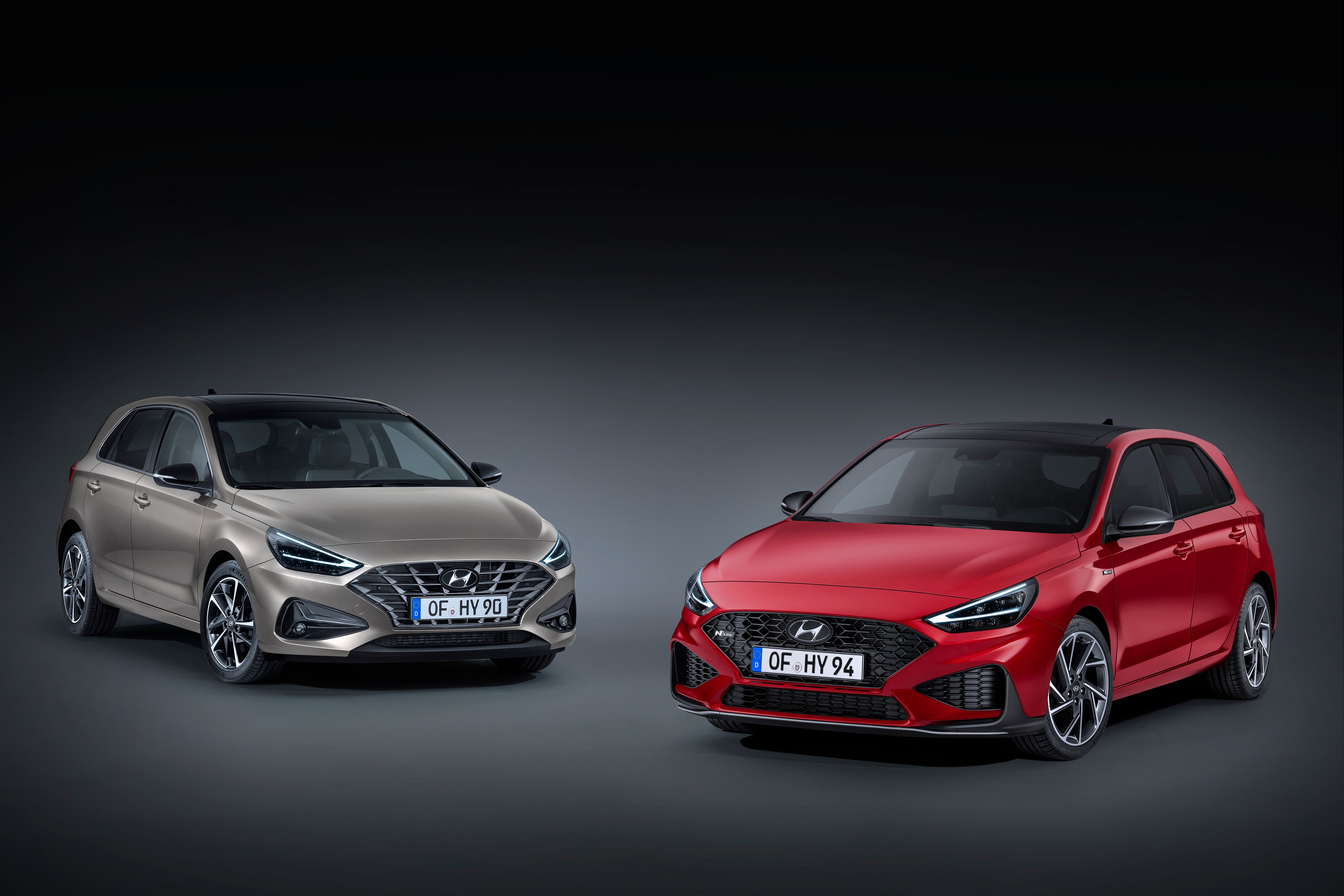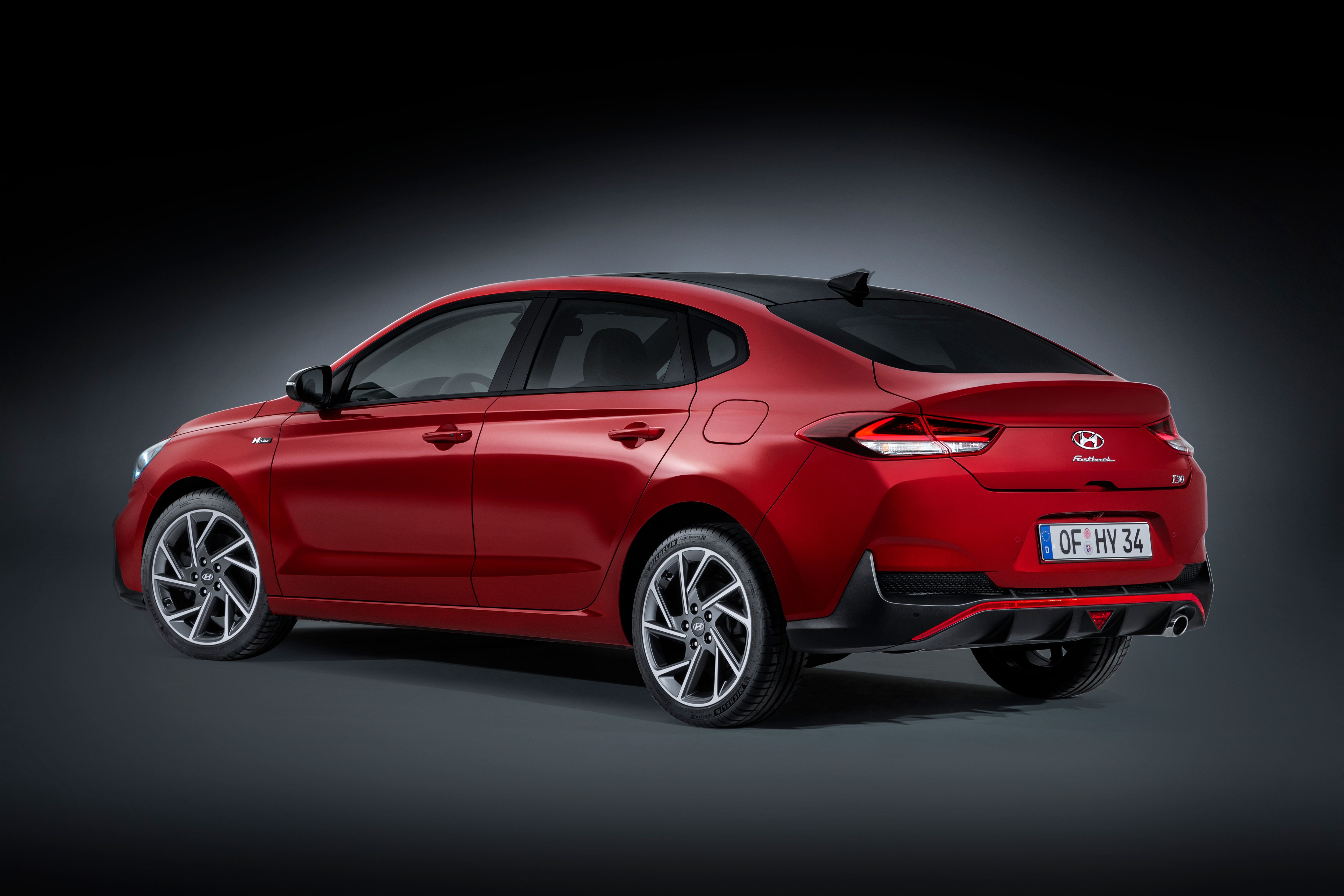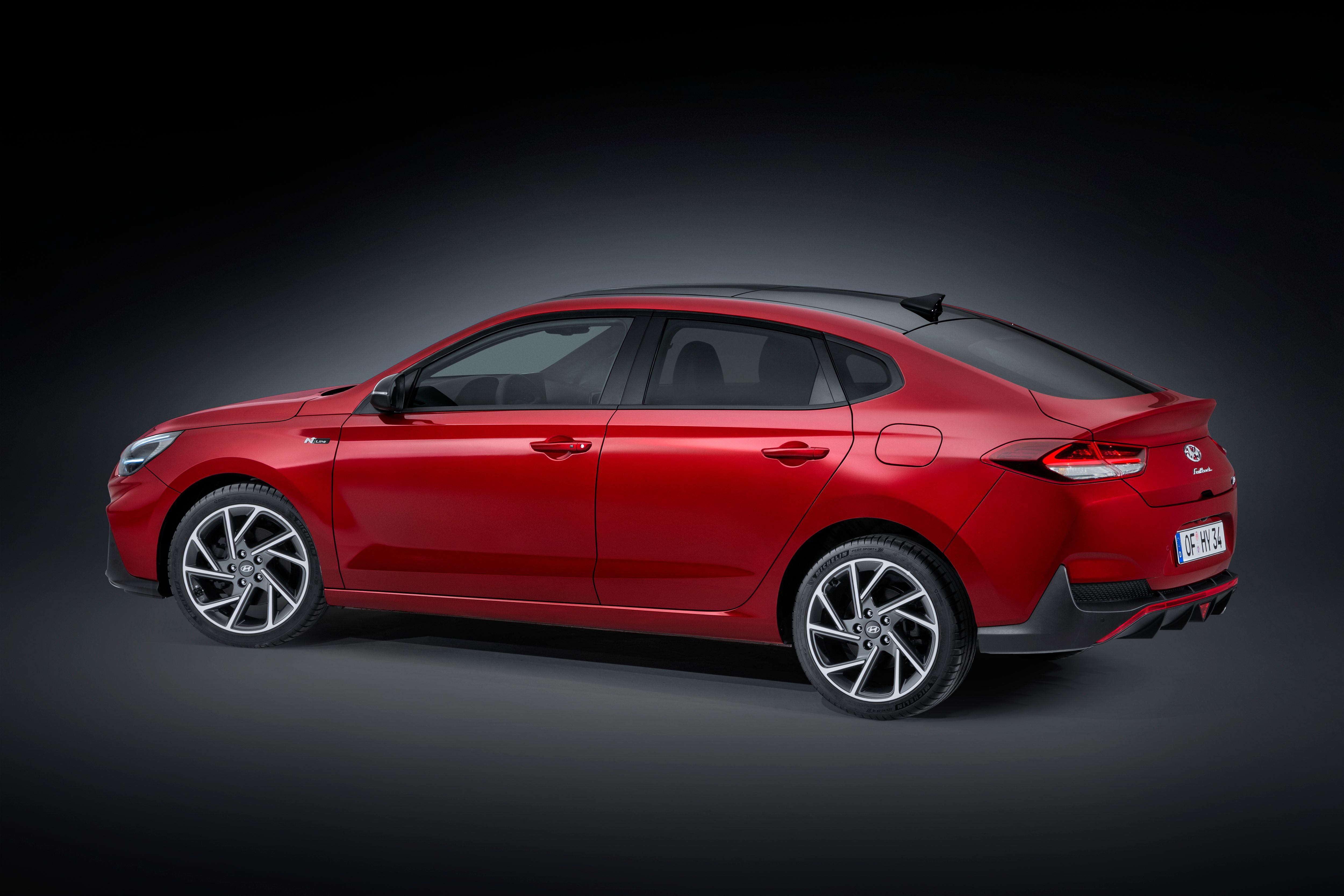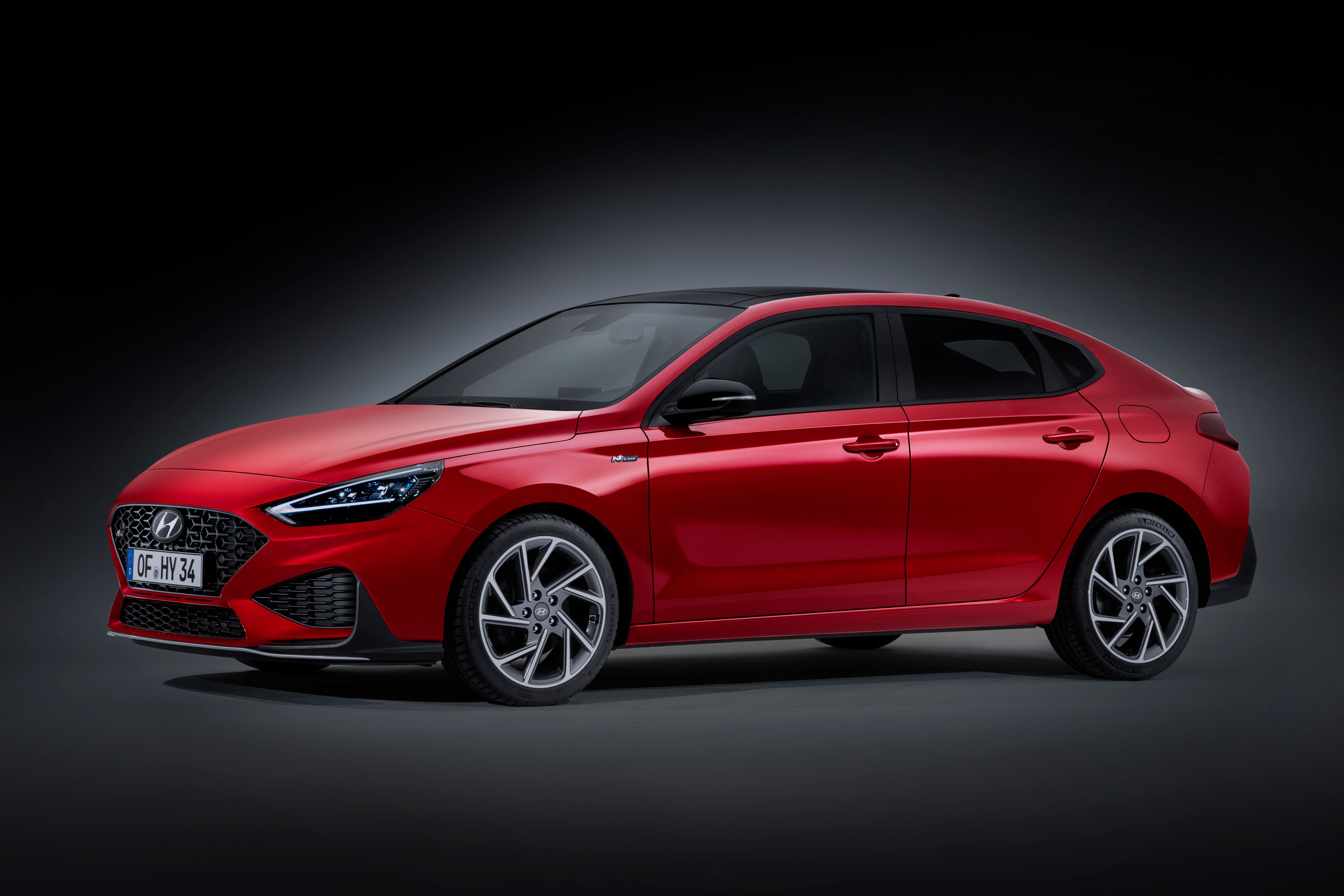If you follow what’s happening in the automotive world, you’ve probably noticed how Hyundai cars have turned from cheap and unremarkable into worthy alternatives to already established manufacturers. When it comes to mass-produced vehicles, the Hyundai i30 is right up there with the likes of Toyota Corolla and Volkswagen Golf. The i30’s rise to its current status began at the 2010 Frankfurt Auto Show, where the second generation shocked Volkswagen executives, wondering how the Korean brand could come up with something so good. The i30 is currently in its third generation, but what really makes it so good?
2021 Hyundai i30
- Make: Array
- Model: 2021 Hyundai i30
- [do not use] Vehicle Model: Array
Exterior
For 2021 the third-generation Hyundai i30 has received a second facelift. The differences are in the new front fascia, which has larger and curvier, as well as the two flanking side vents, which incorporate the fog lights. The 2020 facelift also has new LED headlights.
At the rear, the 2021 facelift brings even more changes, in comparison with the 2019 facelift. Like the headlights, the taillights feature boomerang-shaped LED strips and the fog lamps have been relocated further down. In addition, the rear bumper is redesigned and features a more pronounced rear diffuser.
The name of the game is versatility and the i30 is very good at it. It may have initially come as a hatchback only, but each generation has offered a station wagon (CW) as well. The third one even offers a Fastback, which combines sportier looks with decent practicality.
Of course, you can spice things up with the N-line, which gives you a more aggressive body kit, with lower bumpers, bigger air inlets, a new diffuser, a visible exhaust tip (which is real), and bigger wheels. In terms of aggressiveness, the N-line is second only to the N Performance version, where you even get dual exhaust tips (Fastback only).
The 2021 facelift also brings three new exterior colors. Dark Night, Silky Bronze, and Sunset Red have joined the six existing colors – Polar White, Phantom Black, Engine Red, Stellar Blue, Platinum Silver, and Olivine Grey.
Interior
The interior is pretty straightforward, in terms of the layout. Everything is where it should be and the materials are of good quality. You get a 10-inch infotainment screen (8-inch for the base model), with quick-menu buttons, as well as Apple CarPlay and Android Auto. The menus are very intuitive and the system is very responsive. although you can operate the climate control from the infotainment screen (like most other functions), you still get physical buttons.
The driver instrument cluster is very clear and now partly digital. The centrally positioned speedometer gives ample information and is flanked by an analog tachometer on one side, and a temperature and fuel gauge on the other.
You can tell the i30 is a cleverly engineered car. Even in the back row, there’s plenty of room. If you are on the taller side and opt for the Fastback version, you might be robbed of some headroom, but it will still be adequate.
In terms of cargo space, there’s more good news. Regardless of whether you get the hatchback, Fastback, or CW (Station Wagon), you get foldable rear seats and ample cargo capacity. The hatchback offers the least amount, although still respectable at 14 cubic feet (395 liters) to 46 cubic feet (1,310 liters). The Fastback may offer less headroom at the back, but more than makes up for it with 15.9 cubic feet (450 liters) or 47.7 cubic feet (1,351 liters) with folded rear seats. To no surprise, the CW is the most generous of the bunch with 21.3 – 58.3 cubic feet (602 – 1,650 liters).
Overall, most contact points are very nice to touch and the car feels quite upscale. In addition, you get loads of driver adjustability – something that was lacking in some older Hyundai vehicles from the segment.
Drivetrain
The Hyundai i30 comes with plenty of engines to choose from, most of which can be coupled to either a six-speed manual or a seven-speed DCT, sending power to the front wheels. Depending on the region, some engines may or may not be available.
The base engine is a 1.5-liter DPI (dual-port injection) normally-aspirated inline-four gasoline unit, with 110 horsepower and 106 pound-feet (144 Nm). This one is coupled only to the six-speed manual.
Next is the 1.0-liter T-GDI inline-three, which can be mated to either a six-speed manual or a seven-speed DCT. It can also be had with a 48-volt mild-hybrid system for improved fuel economy. In all trims, the unit produces 120 horsepower and 127 pound-feet (172 Nm).
In Europe, one of the more popular engine choices will be the 1.6-liter inline-four turbodiesel. The engine’s output is rated as 115 horsepower and 207 pound-feet (280 Nm). There’s a more powerful mild hybrid version, rated at 136 horsepower and 207 pound-feet (280 Nm).
There is also a 1.5-liter T-GDI inline-four producing 160 horsepower and 187 pound-feet (253 Nm). This engine also features mild-hybrid technology, featuring the same 48-volt system, as the smaller 1.0-liter unit.
2021 Hyundai i30 specifications
|
Engine |
Power |
Torque |
|---|---|---|
|
1.5-liter DPI inline-four |
110 HP |
106 LB-FT |
|
1.0-liter T-GDI inline-three |
120 HP |
127 LB-FT |
|
1.6-liter inline-four turbodiesel |
115 HP |
207 LB-FT |
|
1.6-liter inline-four turbodiesel hybrid |
160 HP |
187 LB-FT |
The top of the line N-Performance version is available only on the hatchback and Fastback body styles. Although there are many performance enhancements, the main star is the 2.0-liter T-GDI unit, producing 280 horsepower and 289 pound-feet (392 Nm). The 0 to 60 mph (97 km/h) sprint can happen in as little as 5.6 seconds. Once again, you can choose between a six-speed manual or a seven-speed dual-clutch automatic.
Prices
Sadly, the i30 is not sold in the US. However, it is competitively priced, with a starting price of $23,420 for the i30 hatchback. The fastback will set you back around $30,600. The top of the line i30 N Performance will set you back $47,910.
US buyers can get the equivalent Elantra, which starts from $19,650. The top fo the line N-Line can go up to $25,450.
Competition
Volkswagen Golf
A car that doesn’t need an introduction. This goes double for Europe, where it is still considered the benchmark of the segment. Now in its eighth generation, the Golf continues to be a great all-rounder. It also comes with a wide variety of diesel, gasoline/petrol, and even electric powertrains, ranging from 90 horsepower all the way up to 320 in the Golf R.
In comparison to the i30’s rather conventional interior (nothing wrong with that), the Golf is very futuristic. However, the lack of buttons may be a step too far for some, as most interaction points are now touch-sensitive surfaces.
Practicality has always been a strong point of the “People’s car”. The hatchback gets you a decent cargo capacity of 13.5 cubic feet (381 liters), which goes up to 43.7 cubic feet (1,237 liters) after folding down the rear seats. Not quite as generous as the i30. The Golf Variant (Station Wagon) redeems its shorter sibling by offering 21.6 – 57.4 cubic feet (611 – 1,624 liters) of cargo capacity. There is also an Alltrack version, which is 12 mm (0.47 inches) taller.
The Golf is sold in the US and starts from $23,195. The Golf GTI starts from $28,695 but can go up to $36,945 for the. The top of the line Golf R starts at $41,000.
Read our full review on the Volkswagen Golf
Honda Civic
Whether it’s in Europe, the US of A, or anywhere else in the world, the i30 and Elantra have to battle another strong competitor – the Honda Civic. Like the Golf, the Japanese model doesn’t need an introduction. The 10th generation was recently updated and comes in four flavors – hatchback, sedan, coupe, and Type-R.
The Civic has always been the sportier of the bunch and you notice it even in the non-performance versions. You can have a 2.0-liter normally-aspirated inline-four, producing 158 horsepower and 138 pound-feet (187 Nm), or a 1.5-liter turbocharged inline-four. You get up to 180 horsepower and 177 pound-feet (240 Nm) for the hatchback, and 205 horsepower 192 pound-feet (260 Nm) for the sedan and coupe models. Power goes to the front wheels only, through a six-speed manual or a CVT.
The Type-R brings things to a whole other level, with a 2.0-liter turbocharged inline-four, with V-Tec, but only on the exhaust camshaft. The result is 320 horsepower 295 pound-feet (400 Nm) and a 0 to 60 mph (97 km/h) time of around 5.4 seconds…if you can put the power down. The Type-R is all about driver involvement, which is why it only comes with a six-speed manual.
Practicality is where the Civic can impress. The hatchback scores 22.6 – 46.2 cubic feet (640 – 1,308 liters). The sedan will give you a still respectable 14.7 cubic feet (4116 liters) and the coupe a not so impressive 11.9 cubic feet (337 liters).
Price-wise, the Civic sedan starts at $21,250, while the hatchback will charge you $1,000 extra. The Civic Coupe starts at $21,050 and the top of the line Civic Type-R will set you back at least $37,895.
Read our full review on the Honda Civic
Conclusion
The i30 may not be available to the US yet, but its sibling – the Elantra – is just as successful there. The i30 is one of the first models that proved Hyundai can make cars worthy of those looking for more than just a commuter car at a fair price. Now, in its third generation, the i30 is better than ever and continues to be a fearsome rival to the likes of VW Golf, Toyota Corolla, and Honda Civic – all very old and globally established names.
Regardless of the market, the Hyundai i30 offers a great blend of style, practicality, great equipment, and is overall a good value for the money. Something the Volkswagen Golf was once praised for. And for the markets that still can’t have the i30, the Elantra is just as successful, combining the same aspects in sedan form. Long story short – the i30 is the modern-day Corolla. Only this time, it’s the Koreans, not the Japanese that are on the offensive.

